With the widespread use of smart meters, meter failure has become a common problem. If an instrument fails, to find the cause of the failure quickly, it is necessary to understand the production process and the structure, characteristics, performance, and parameters of the instrument control system. Under this premise, the following principles should be followed to find instrument failure.
First, ask about the process first and then look at the instrument. As the operator uses the instrument directly, he should ask the instrument before and after the failure, whether the production is normal in the front and rear sections, and whether the process operation index is adjusted or changed to determine whether it is a process cause or an instrument problem. When asking the operator, observe the display changes of the instrument.
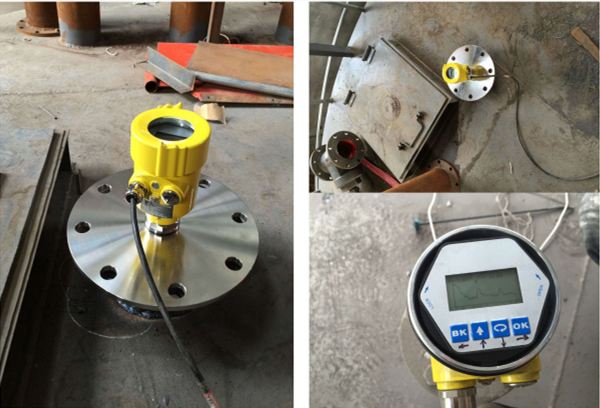
Second, go to the control room first and then to the site. When the instrument is faulty, you can observe the display of the instrument and roughly determine where the problem is based on asking the operator. A digital multimeter can be used to measure the terminals, through the measurement, you can determine the wiring from the measurement components to the terminals in the control room, such as whether there is a break, short circuit, and ground fault. If the thermocouple has a thermal potential output, use sharp-nosed pliers to short the input of the display instrument to see if the instrument can indicate the room temperature.
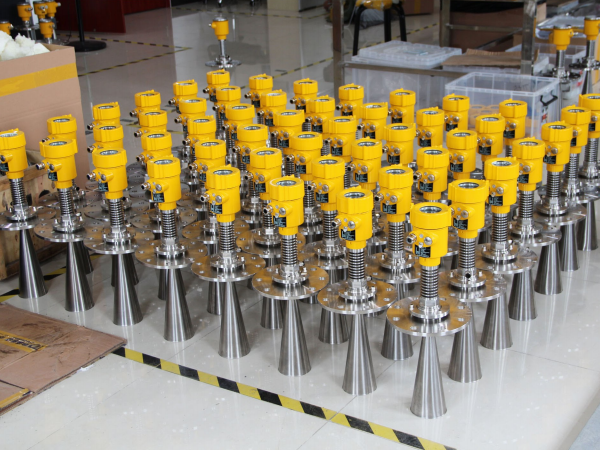
Third, first look at the simple, then look at the complex, first observe whether a single meter is abnormal or multiple meters are abnormal, then check whether the power supply and power box of the meter are normal, whether the fuse is blown; check whether the relevant wiring is contacted or short-circuited and whether the switch position is correct. Observe the pressure guide tube and valve for leakage. For gauges measuring micro-pressure, check that the rubber hose or plastic tube connected to the pressure guide tube is not disconnected or leaking. If there are no fluctuations and changes in pressure and flow gauges, they are usually caused by blockage of the pressure guide tube.
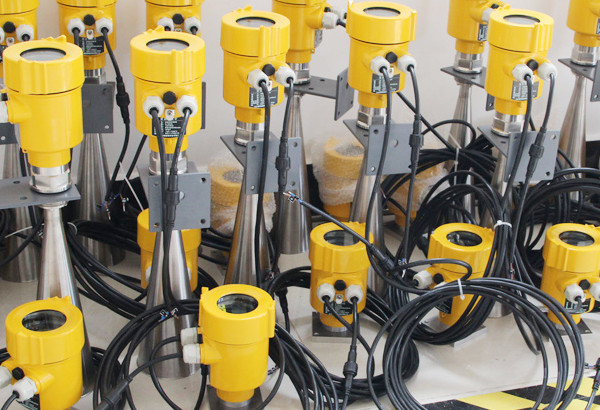
Fourth, first, check the primary instrument, then check the secondary instrument, based on the control room observation, if the site has primary instrumentation problems, you can check the site instrumentation, such as whether the wiring of thermocouple and RTD terminals are loose, whether water, if the damage, whether the actuator is stuck or lack of oil, etc., can deal with the problem. For the fault judgment of the secondary instrumentation, the oil law can be followed. For example, the temperature parameter is large, so the display value of the instrument cannot change suddenly. If the display changes to a maximum or minimum value, it is usually a fault in the display instrument after eliminating the problem with the primary component. If the pressure indicator does not fluctuate or changes slowly, excluding the pressure guide tube and valve blockage, it should be a problem with the display instrument. If the flow recorder does not fluctuate in an approximately straight line, the instrument may be faulty because the flow parameters still fluctuate widely, and more or fewer changes in the parameters should be recorded and reflected in the recorder.
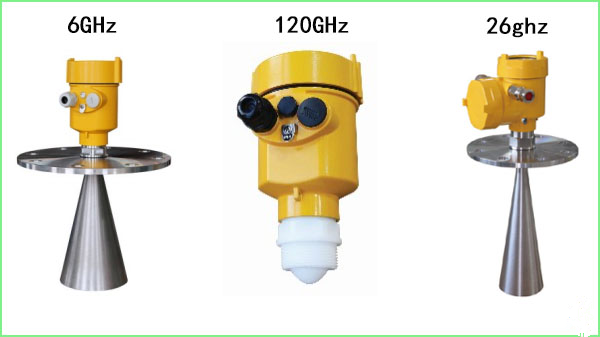
Fifth, look at the outside of the instrument first, then look at the inside of the instrument, first check the outside of the instrument, such as whether the power supply is normal; whether there is a leak point inside the pressure guide tube, observe whether the drainage is smooth to determine whether the pressure guide tube or valve is blocked; check the wiring and terminals for loose, corrosion, contact and other problems. The thermocouple can also use the short circuit, and RTD can use open terminals to determine the location of the fault. Measure the voltage of the instrument panel terminal block or instrument terminals to determine the fault. On this basis, determine whether the instrument needs to be removed for treatment.
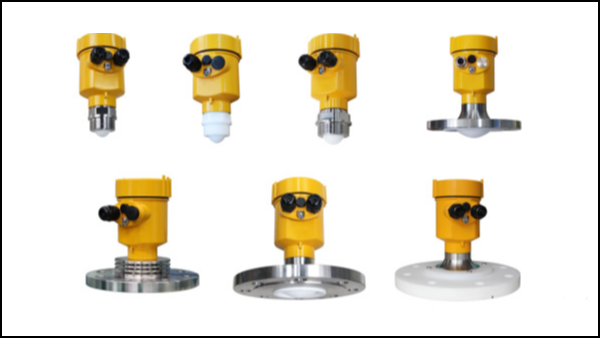
Sixth, look at the bright side first and then the dark side. When dealing with field instrumentation faults, first check the terminals and wiring on the instrument panel. If no problems are found, but the wires are still suspected to be faulty, check the wires in the cable trough and cable trench. The sewer pipe leading to the trench should also be placed for a final inspection. If damage to the protective sleeves of thermocouples and RTDs is suspected, they should also be removed for inspection after checking and confirming that there are no problems with other components.
Seventh, software first and then hardware, the function of smart instrument hardware depends on software support, without software, such instruments cannot work. Therefore, when checking and dealing with smart instruments, first check whether the instrument settings are normal.
